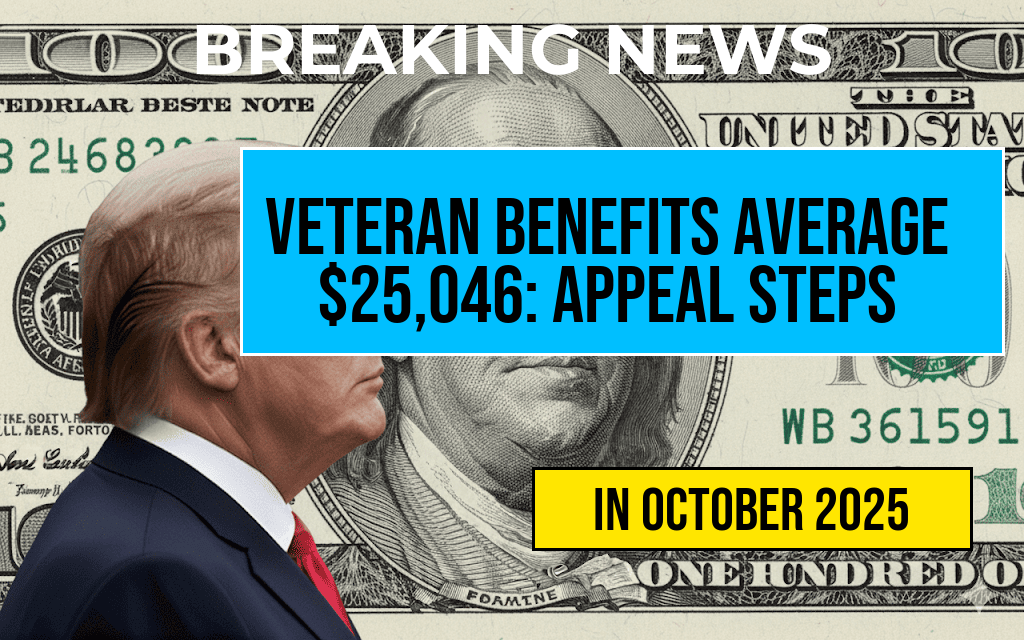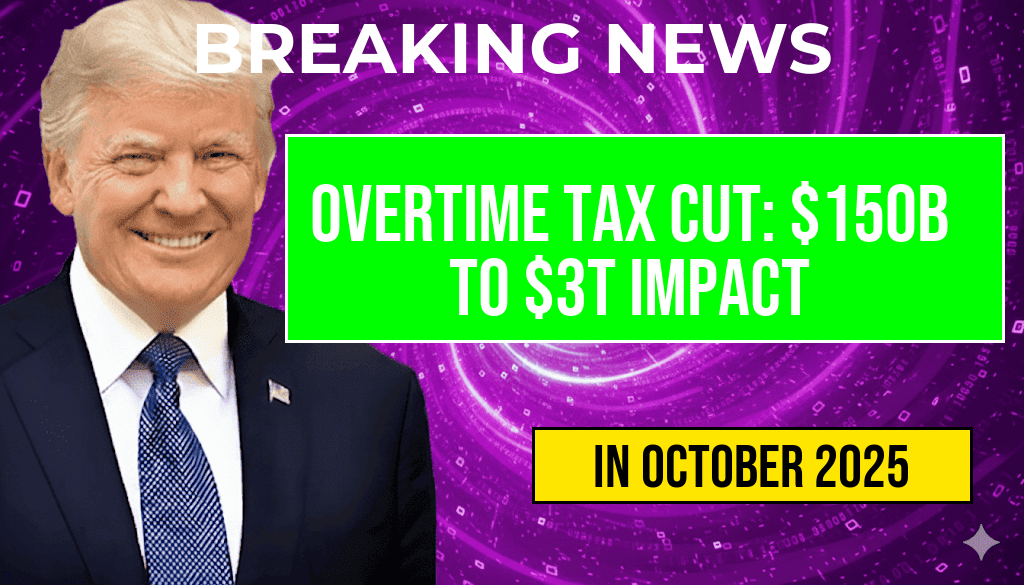Recent adjustments to the Supplemental Nutrition Assistance Program (SNAP) regulations are set to significantly impact utility deductions for eligible households across the United States. Under the new guidelines, many families may see their monthly benefits increase by hundreds of dollars due to expanded utility allowance provisions. This change, effective with the fiscal year 2026, aims to better reflect the rising cost of utilities and the financial pressures faced by low-income households. State agencies are now tasked with reviewing their fiscal estimates and implementing the new rules, which could lead to substantial changes in the benefits received by millions of Americans. As these adjustments roll out, it is crucial for recipients to understand how their state’s figures may shift and what this means for their monthly budgets.
Understanding the Changes to Utility Deductions
The SNAP program, formerly known as food stamps, is designed to assist low-income individuals and families in affording nutritious food. The latest revisions to the SNAP rulebook focus on the standard utility allowance (SUA), which is a key factor in determining eligibility and benefit levels. The SUA allows households to deduct certain utility costs from their income, thereby increasing their overall SNAP benefits.
Key Aspects of the Updated Regulations
- Increased Utility Allowance: The new guidelines will raise the SUA in many states, reflecting the current economic climate and utility pricing trends.
- Impact on Benefit Calculations: Higher utility allowances mean that households may qualify for larger SNAP benefits, potentially alleviating some of the financial burdens caused by rising living costs.
- State-by-State Variability: Each state will have the discretion to adjust their SUA figures, leading to variable impacts across the nation.
What Families Should Do Now
As SNAP recipients prepare for these changes, it’s important to stay informed about specific adjustments in their states. Families can take the following steps to ensure they are receiving the maximum benefits available:
Review State Figures for Fiscal Year 2026
State agencies are currently reviewing and updating their SUA estimates. Residents should check their state’s SNAP page or contact local offices to obtain the latest figures. A few key resources include:
Understand the Application Process
For families who have not yet applied for SNAP or those who have experienced changes in their household income or expenses, it may be advantageous to submit a new application. State agencies can provide guidance on how to navigate the application process and maximize benefits.
Projected Impact on Households
The anticipated increase in utility deductions could lead to significant financial relief for many households. For instance, families that currently struggle to cover both food and utility expenses may find that the added SNAP benefits provide much-needed support. This change is especially critical as inflation impacts food prices and utility costs across the country.
The Importance of Staying Updated
As fiscal year 2026 approaches, recipients are encouraged to monitor updates from local SNAP offices and community resources. Engaging with local advocacy groups can also provide valuable insights into how to best navigate the changing landscape of SNAP benefits.
Conclusion
The updates to the SNAP rulebook represent a vital shift in how utility costs are calculated for benefit eligibility. With the potential to increase monthly benefits significantly, it is essential for recipients to stay informed about their state’s adjustments and to understand how these changes can affect their financial well-being.
| State | Current SUA | Projected SUA | Estimated Increase |
|---|---|---|---|
| California | $500 | $600 | $100 |
| Texas | $450 | $550 | $100 |
| New York | $550 | $700 | $150 |
Frequently Asked Questions
What are the recent changes to the SNAP rulebook?
The recent changes to the SNAP rulebook may allow for increased utility deductions, potentially amounting to hundreds of dollars for eligible participants. These adjustments aim to reflect the rising costs of utilities and ensure that beneficiaries receive the assistance they need.
How do these changes impact SNAP benefits?
The modifications could significantly enhance the monthly benefits for many recipients by allowing them to claim higher utility deductions. This means that households may see an increase in their overall eligibility and benefit amounts, improving their financial situation.
Where can I find my state’s FY26 figures?
You can find your state’s FY26 figures by visiting your local SNAP office’s website or checking the official state government portal. These figures will provide specific information regarding the updated utility deductions applicable in your area.
Who is eligible for the increased utility deductions under the new rules?
Eligibility for the increased utility deductions generally applies to all SNAP recipients who incur utility expenses. However, it is advisable to check with your local SNAP office for specific eligibility requirements and to understand how the changes may apply to your household.
What should I do if I believe my SNAP benefits can be increased?
If you believe your SNAP benefits could be increased due to the new utility deduction changes, you should contact your local SNAP office. They can guide you through the process of reviewing your eligibility and updating your information to reflect the new rules.








